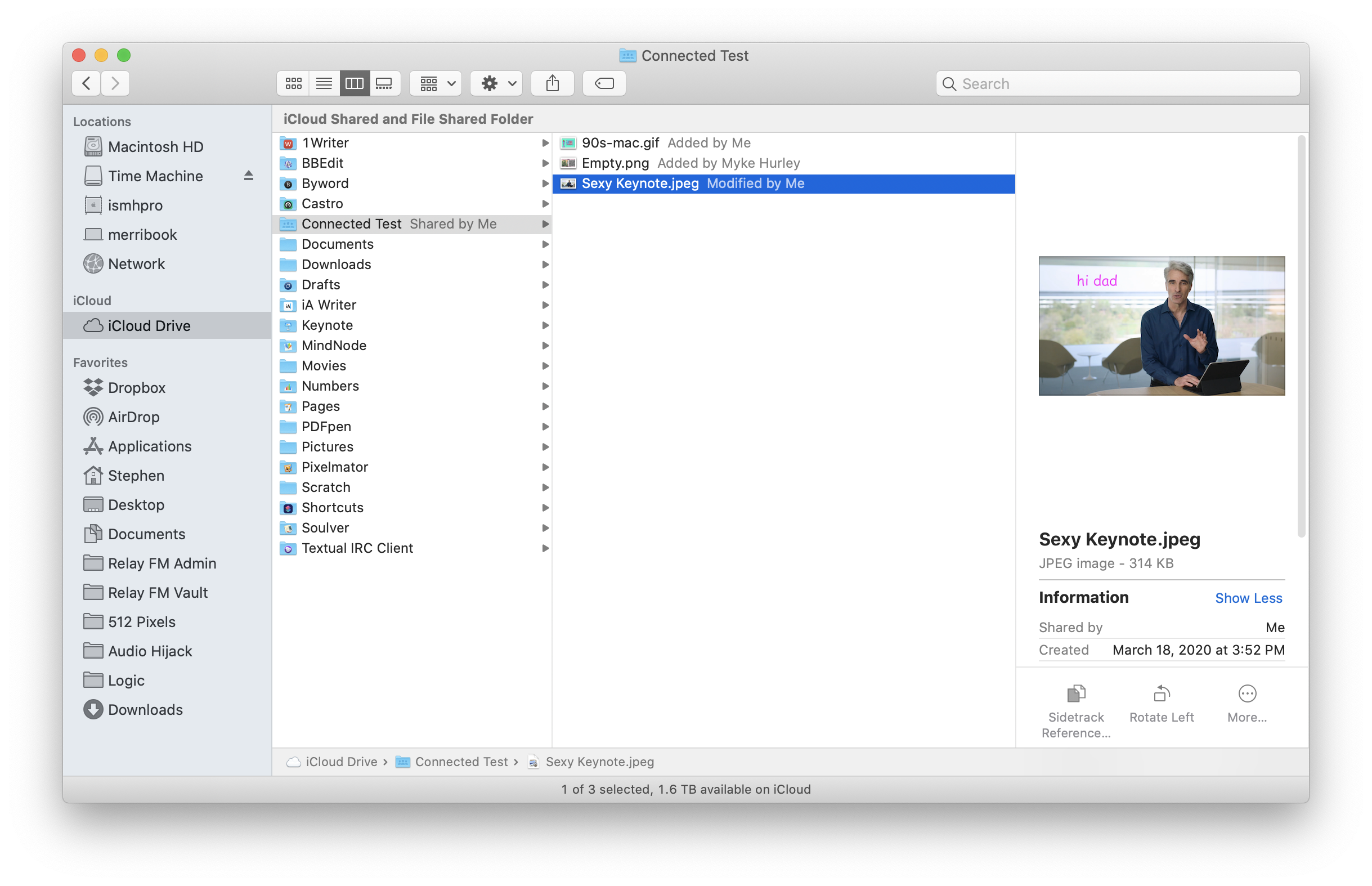- Apple computers have a built-in free WiFi analyzer Mac users can easily use to troubleshoot issues with loading webpages, streaming music or video content, or sending or receiving email messages, just to give some examples. This analyzer is called Wireless Diagnostics, and here's how you can open it: Press and hold the Option key.
- Your computer, without the computer™ The PortableApps.com Platform™ is a full-featured portable software system that ties all your portable apps together and lets you build your own custom portable app suite for use in your synced cloud folder, on your local PC, or on a portable USB drive.
- Customer support is top notch, too. There's also the nostalgia element, that I imagine is - of subjective value and won't do much to most: I tried SuperDuper! First, after researching Mac OS X cloning solutions and reading a number of raving reviews in the process back in.
sysadminctl -addUser krypted2 -fullName 'Charles Edge' -password testinguser -hint hi
Chromium OS is an open source operating system development version of Chrome OS. Both operating systems are based on the Linux kernel. Chrome OS is designed to work exclusively with web applications. Announced on July 7, 2009, Chrome OS is currently.
The result would be as follows:
No clear text password or interactive option was specified (adduser, change/reset password will not allow user to use FDE) !
Creating user record…
Assigning UID: 503
Creating home directory at /Users/krypted2Notice that in the above, the system automatically selected a home directory and UID. We could have passed those as well, using Now let's use dscl to view the user we just created:
dscl . -read /Users/krypted2
NFSHomeDirectory: /Users/krypted2
Password: ********
Picture: /Library/User Pictures/Fun/Ying-Yang.png
PrimaryGroupID: 20
RealName: Charles Edge
RecordName: krypted2
RecordType: dsRecTypeStandard:Users
UniqueID: 503
UserShell: /bin/bashNotice that the above is not the whole record you'd typically find with dscl. But if it were, you would not have the AuthenticationAuthority attribute. To see if it can unlock FileVault we can use the -secureTokenStatus operator built into sysadminctl. Simply pass the RecordName and you'll get an indication if it's on or off:
sysadminctl -secureTokenStatus krypted2The response should be as follows:
Miserable Pocket Man Mac Os 11
Secure token is ENABLED for user Charles Edge
To just get the ENABLED response we'll just use awk to grab that position (also note that we have to redirect stderr to stdout): sysadminctl -secureTokenStatus charles.edge 2>&1 | awk '{print$7}'
We could append the AuthenticationAuthority attribute with dscl, as we would need a SecureToken. To get a SecureToken, we'll use the -secureTokenOn verb:
sysadminctl -secureTokenOn krypted mysupersecretpasswordTo disable, we'll use -secureTokenOff

sysadminctl -secureTokenOff krypted mysupersecretpasswordGiven that we like to rotate management passwords, we can do so using-resetPasswordFor which takes a username and a password as -newPassword and -passwordHint respectively:
Miserable Pocket Man Mac Os 7
sysadminctl -resetPasswordFor krypted -newPassword newsupersecretpassword -passwordHint 'That was then this is now'

sysadminctl -secureTokenOff krypted mysupersecretpasswordGiven that we like to rotate management passwords, we can do so using-resetPasswordFor which takes a username and a password as -newPassword and -passwordHint respectively:
Miserable Pocket Man Mac Os 7
sysadminctl -resetPasswordFor krypted -newPassword newsupersecretpassword -passwordHint 'That was then this is now'
sysadminctl -guestAccount status 2>&1 | awk '{print$5}'
sysadminctl -guestAccount OffYou can also use sysadminctl to do a quick check of the encryption state of the boot volume using the -filesystem option (although there's no on and off verb for this option just yet):
bash-3.2# sysadminctl -filesystem status
2017-12-07 10:37:26.401 sysadminctl[8534:466661] Boot volume CS FDE: NO
2017-12-07 10:37:26.434 sysadminctl[8534:466661] Boot volume APFS FDE: YES
The help page is as follows:Usage: sysadminctl [[interactive] || [-adminUser -adminPassword ]] -deleteUser -oldPassword ] -resetPasswordFor -newPassword ] -addUser ] [-UID ] [-shell ] [-password ] [-home -secureTokenOn -password -guestAccount -afpGuestAccess -smbGuestAccess -automaticTime -filesystem status Pass '-' instead of password in commands above to request prompt.
